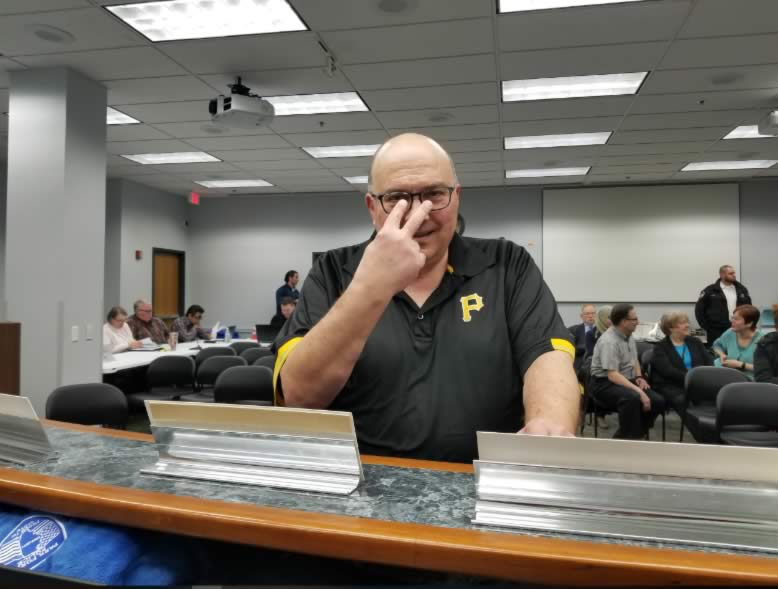Bill will help improve access to mental health and medical services, reduce wait times for children to get the care they need
Washington, D.C.–(ENEWSPF)–May 8, 2013. The American Academy of Child and Adolescent Psychiatry (AACAP) and the American Academy of Pediatrics (AAP) announce their support for H.R. 1827: Pediatric Subspecialty and Mental Health Workforce Reauthorization Act of 2013 introduced today by U.S. Representative Joe Courtney (D-Conn.). The legislation would renew the Pediatric Subspecialty Loan Repayment Program that will help improve access to mental health providers and reduce wait times for families in need of specialty medical care for their children.
Across the country, there are demonstrated shortages of pediatric subspecialists and child and adolescent psychiatrists. The Pediatric Subspecialty Loan Repayment Program aims to increase training in pediatric subspecialties by offering loan repayment to eligible participants. These participants must agree to work full-time for at least two years in a pediatric medical specialty, a pediatric surgical specialty or in child and adolescent mental and behavioral health in a medically underserved area. In return, the program will pay up to $35,000 in loan repayment for each year of service, for a maximum of three years. The bill reauthorizes the program until 2018.
“While 1 in 5 children has a mental health disorder, only 21percent of those affected actually receive needed treatment,” said AACAP President Martin J. Drell, MD. “Our current health care system does not meet the needs of these children. From my experience, with the severe shortage of child and adolescent psychiatrists across the country, Rep. Courtney’s bill could not come at a better time.”
According to a 2012 survey conducted by the Children’s Hospital Association, the average time for a family to see a developmental pediatric specialist is 14.5 weeks; 8.9 weeks for neurology and 7.5 weeks for child and adolescent psychiatry. There is also a significant disparity in the geographic distribution of pediatric specialists across the country to treat these children, resulting in many children in underserved rural and urban areas not receiving timely health care. Compounding the problem, fewer individuals are choosing careers in pediatric subspecialties and pediatric mental health care, while the existing workforce continues to age. Financial concerns, such as debt load, are a significant factor and a deterrent influencing career choice away from pediatric subspecialty.
“Children with serious medical conditions should not have where they live determine what kind of health care services they receive,” said AAP President Thomas K. McInerny, MD, FAAP. “Pediatricians welcome the Pediatric Subspecialty and Mental Health Workforce Reauthorization Act of 2013 as a needed step to help provide children with timely access to needed health services, no matter their health condition or Zip code.”
###
Representing over 8,500 child and adolescent psychiatrists nationwide, the American Academy of Child and Adolescent Psychiatry (AACAP) is the leading authority on children’s mental health. AACAP Members actively research, diagnose and treat psychiatric disorders affecting children, adolescents and their families. For more information please visit www.aacap.org.
The American Academy of Pediatrics is an organization of 60,000 primary care pediatricians, pediatric medical subspecialists and pediatric surgical specialists dedicated to the health, safety and well-being of infants, children, adolescents and young adults. (www.aap.org)
Source: aap.org








